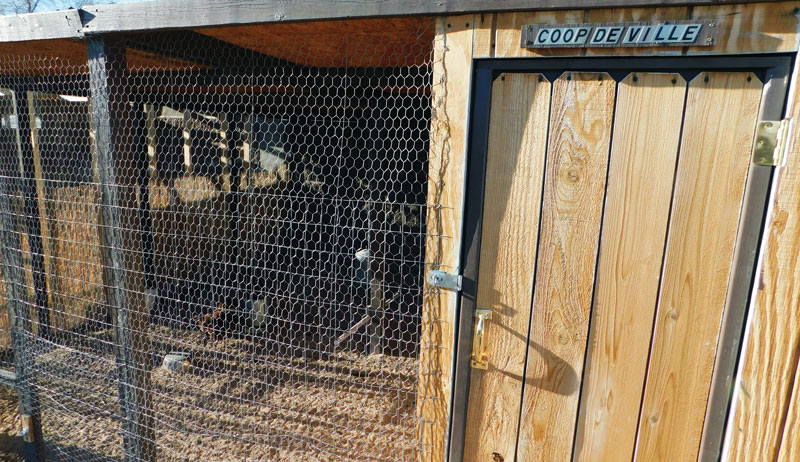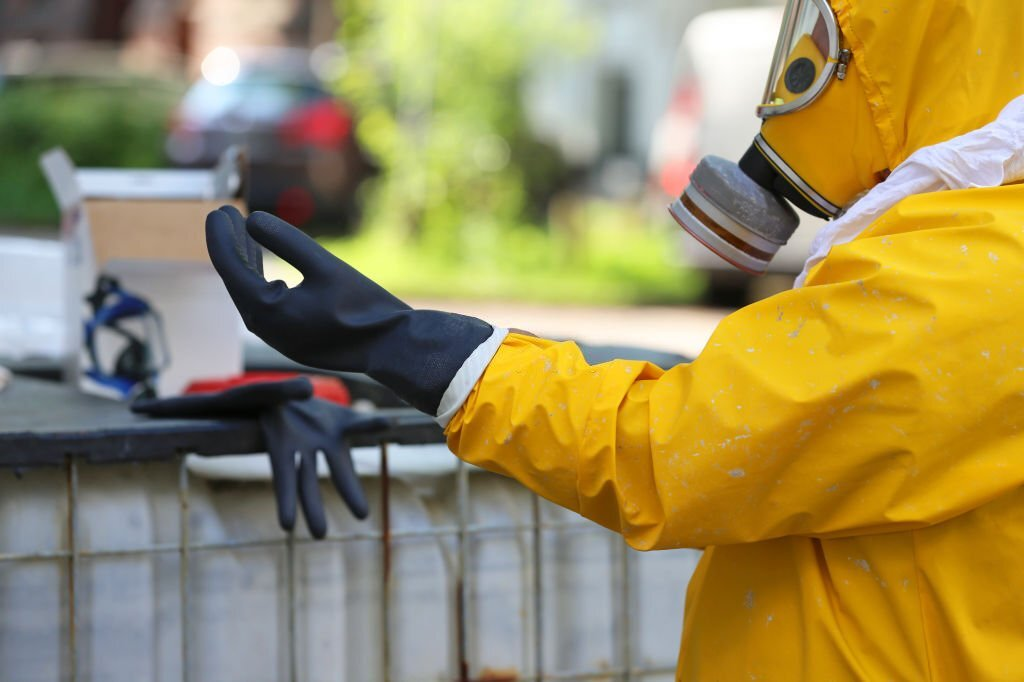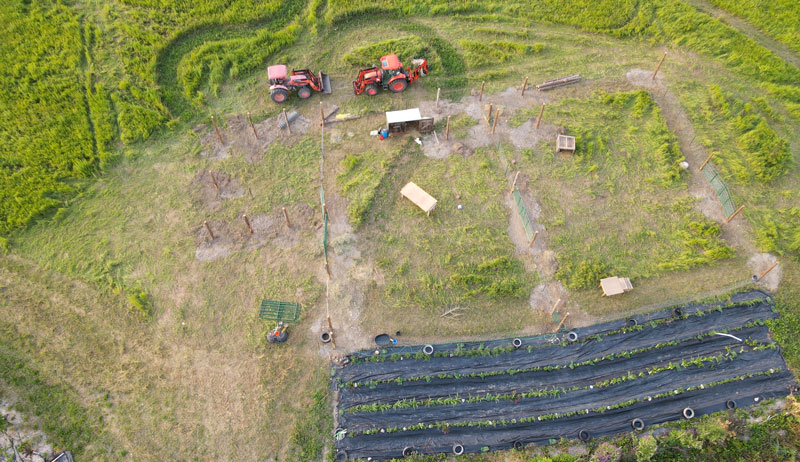When starting a farm, it is important to follow some good principles for layout. The organization of roads, buildings, plots and other major infrastructure and field layout can be a major opportunity or constraint for the property owner for years to come. One mistake in layout can result in repeated impediments to easy management every single year!
Here are some principles for property layout for small farms
Understand the Levels of Permanence on Your Property
Some aspects of your property are more easily changed, removed or modified than others.
For instance, you cannot change where the municipal road is or the direction of the prevailing winds. On the other hand, you can more easily change the current vegetation of a field or shift the composition of the soil.
Understand How to Work with Permanent Features, Channel & Direct Environmental Flows
You cannot change the road location. But you could modify your driveway to access your property at the best point for your farm layout.
You cannot change the prevailing winds. But you can put in a wind break.

Strive to understand ways to channel the energy moving through the farm, and work with existing infrastructure.
Read more: Remove bottlenecks to improve farm efficiency.
Understand That Permanent Features Need More Consideration at the Planning Stage
If you want to shift the balance of your sandy soil and increase organic matter, you don’t need a lot of forethought before deciding to amend the soil with organic matter. On the other hand, raising a new building requires much more consideration to avoid placing in in the wrong location.
A poorly placed building can dictate so much about your farm over the years.
Layout Along Common Lines
When you start to design the layout for new roads, lanes, buildings, plots and such, you need to work with the lines that already exist in your property: fence lines, municipal roads, edges of buildings, current laneways, etc.
Build out from these features to make your property easily manageable for tasks such as future mowing, plowing and fencing.
Consider Natural Lines
You also need to work with the natural lines of the land. Consider your hillside slopes, wetlands and drylands, edges of woodlands and fields, old gravel pits and areas with rockier soil types.
When we map and understand the environment of our property, we can plan our farm layout to avoid issues with snow accumulation on roads, woodlot encroachment into a garden and broken tractor implements from stones.
Read more: Grow more with less through farm efficiency.
Make Sure to Make Themes for Your Property
Before you lay out major laneways, plots and buildings, look at the current common and environmental lines, and consider your intended use of different existing fields and areas. Give themes to these areas by employing a circle map technique.
First, print an aerial view of your property. Make a…
Continue reading





